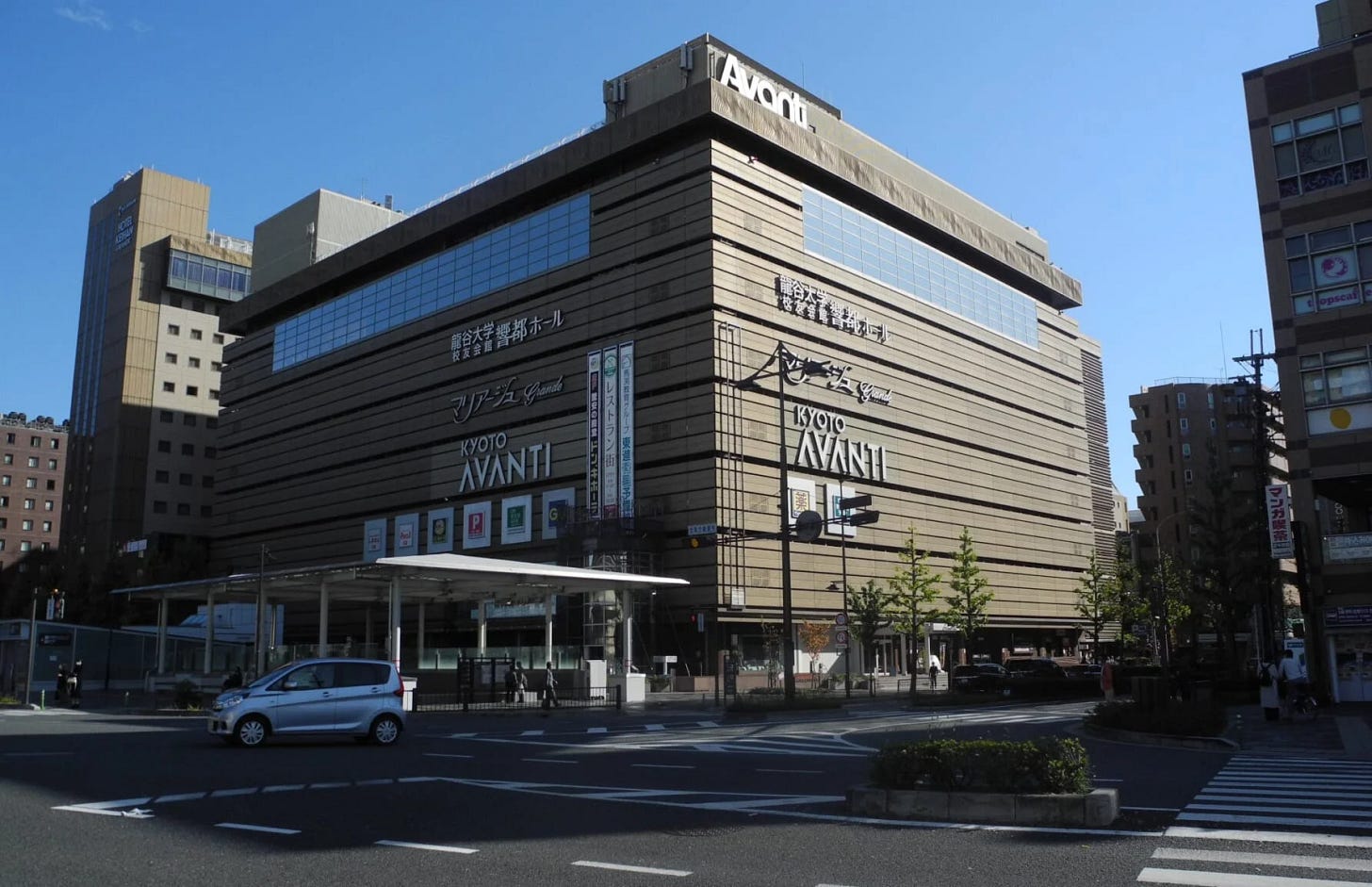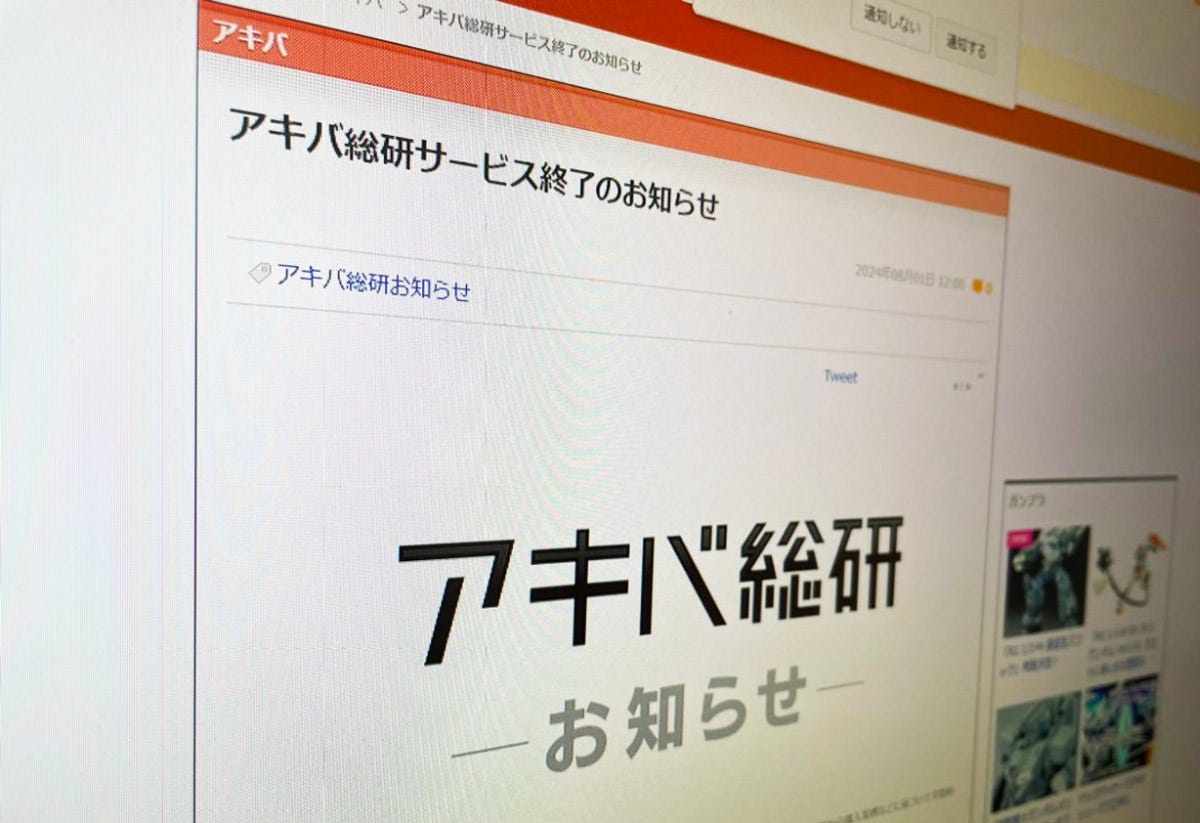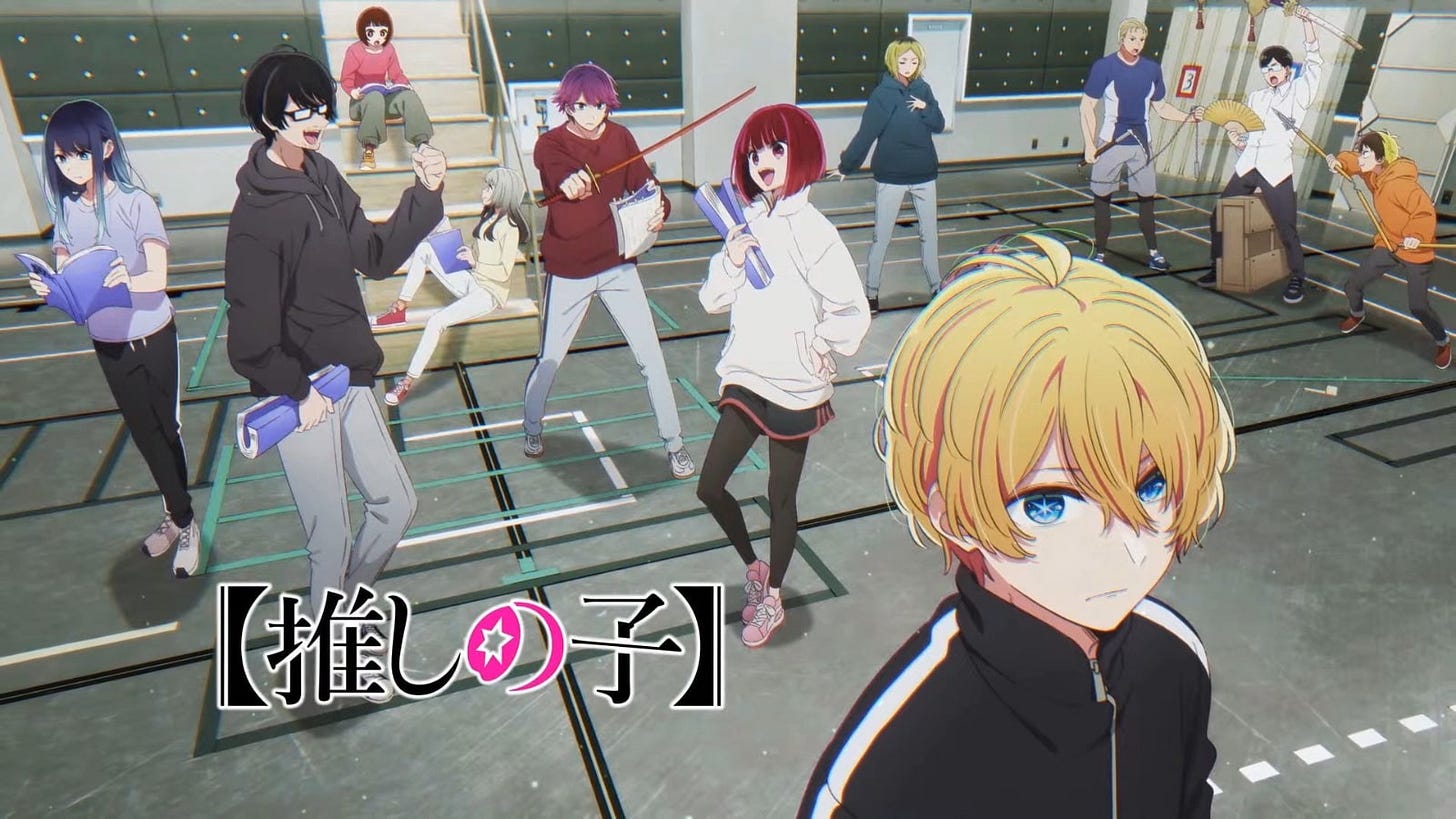Toho stays dominant in anime film market
Plus: Kyoto Station surroundings develop anime retail hub; Limits in anime's technical development; Doga Kobo's sale price to Kadokawa; and more
This is your weekly Animenomics briefing, covering the business of anime and manga. Today is Wednesday, August 7, 2024.
Situational awareness: The summer edition of Comic Market, a twice yearly sales event of anime and manga fanzines, happens this weekend at Tokyo Big Sight.
Read Animenomics’s coverage of last summer’s event to learn about how the show is run and its impact on the printing industry.
Toho remains dominant in domestic anime film market
Two out of three anime films that have earned at least ¥1 billion (US$6.7 million) in box office revenues through July are distributed by Toho, according to the film distributor’s most recent box office data released last week.
Why it matters: Toho’s continued dominance in the anime film market enables the company’s ambitions for overseas expansion.
By the numbers: As of the July 26–28 weekend, Toho accounted for 84 percent of domestic box office sales revenues for the top nine anime films released between December and June.
Toho’s dominance in anime comes from distribution of Detective Conan and Haikyu!!, whose films are the only two so far this year to cross the ¥10 billion (US$67 million) revenue threshold.
Zoom out: In the broader film market, Toho commanded a 29 percent share of overall box office revenue last year, according to Nikkei Asia.
Toho also distributed the two films that recorded more than ¥10 billion in box office revenue last year—The First Slam Dunk and Detective Conan: Black Iron Submarine—according to the Motion Picture Producers Association of Japan.
What we’re watching: Expect Toho to continue to add to its box office earnings. My Hero Academia: You’re Next opened in theaters last weekend and has already earned ¥900 million (US$6 million).
Toho will also distribute director Naoko Yamada’s The Colors Within, which was named Best Animation Film at the Shanghai International Film Festival.
Anime, manga retail hub develops around Kyoto Station

Amid a growing influx of foreign tourists to Japan’s ancient capital of Kyoto, one area south of the city’s main train station is growing as a retail hub for anime and manga merchandise.
Why it matters: Japan continues to set new record highs for monthly visitors as the yen remains historically weak, bringing tourists who seek to spend on local products.
Driving the story: Anime merchandise retailer Animate grew its store footprint in the Kyoto Avanti shopping center in March by expanding to a space formerly occupied by a bookstore, The Kyoto Shimbun newspaper reports.
A few blocks away, Bandai Namco operates a Gundam merchandise store that has been open in Aeon Mall Kyoto since 2021.
Kyoto Animation’s specialty store in ASTY Kyoto for merchandise related to the studio’s anime titles that had been open since last year was due to close in February, but it will instead remain open through August due to high demand.
Zoom out: Ryu Shimada, a researcher at the Kyoto-based Ritsumeikan University, told The Kyoto Shimbun that Kyoto Station also has the potential to develop even further with the relocation of Kyoto City University of Arts to the area.
“It has the potential to become more than just a district for otaku culture; it’s a unique area. I look forward to it becoming an interesting area not only for tourists but also for the people of Kyoto,” Shimada said.
Clippings: Long-running anime information site to close

Japanese website Akiba Souken, which has covered anime and Akihabara culture since 2002, will shut down at the end of September, erasing its 22-year archive of news articles and interviews with industry professionals. (Real Sound)
Anime production studio Pierrot has named head of sales Kazunori Ueda as its new chief executive. He is the second person to lead the company since the death of founder Yuji Nunokawa, who retired in 2012. (Animation Business Journal)
Ueda’s deputy is senior managing director Keiro Henmi, previously profiled by Animenomics for his role as a banking and finance professional in helping reform Pierrot’s management and finances.
Anime studio Kinema Citrus and the Japan Research Institute think tank have launched a three-year, government-funded Global Anime Challenge program to nurture young animation talent and train them abroad. (Mantan Web)
Fraudulent animation cels are popping up on Japanese online auction websites for works of anime that were produced entirely using digital methods without ever using cels. (Magmix)
New animation graduates of Japanese technical schools and universities have seen an increase in job offers for 3D motion and effects positions this year amid a talent shortage and high competition for 2D animation roles. (CGWORLD)
Producer: 2D anime technology is reaching its limits
“When I think about the technical development of Japanese anime, I think that the technology for 2D animation has almost reached its limit. Our predecessors have built up a lot of experience over many years, and they have done everything they can do technically. In that sense, I don't think we can expect any breakthrough technological developments from here on out.
And in terms of production costs, it has become increasingly more time-consuming as technology develops, and costs are rising accordingly. […] If we were to compete with other countries in hand-drawn animation, whose technology is already at its limit, we would eventually be caught up with and overtaken by China and others. Because in the end it would come down to a fight of capital.”
— Tadashi Hirayama, Toei Animation anime producer
Context: Hirayama, in a two-part interview with Japanese technology news outlet ASCII, explains the decisions that led to this year’s Girls Band Cry anime series to be made using experimental 3D computer graphics technology.
Catch up quick: As previously reported by Animenomics, Girls Band Cry used more realistic shadow gradients rather than cel shading. The series was also animated in full animation, requiring more frames than a typical anime.
Zoom in: Hirayama told interviewer Yumiko Watanabe that full animation in Girls Band Cry cost Toei Animation three times as much money as a limited animation project.
Girls Band Cry will be available for the English-language market for the first time later this month, sold as digital downloads in North America.
The intrigue: Hirayama also told Watanabe that one reason the Tokyo suburb of Kawasaki was selected as the setting of Girls Band Cry is its proximity to Haneda Airport, making the city accessible to fans of the series.
“It’s easy for foreign tourists to visit, and when you fly domestically from all around Japan, you’ll first land at Haneda Airport,” the producer said.
1 number to go: Kadokawa’s Doga Kobo purchase price

Kadokawa will pay an estimated ¥3 billion (US$20 million) for an 80 percent stake in anime studio Doga Kobo, according to the publishing conglomerate’s annual securities report filed last week.
Why it matters: In its most recent fiscal year, Kadokawa earned approximately ¥3.6 billion (US$24 million) in licensing sales revenue from Oshi no Ko, a series animated by Doga Kobo, more than enough to pay for the studio’s acquisition.
A second season of Oshi no Ko began airing last month is topping domestic streaming rankings, according to data compiled by GEM Partners, a Japanese marketing research firm.
Animenomics is an independently-run and reader-supported publication. If you enjoyed this newsletter, consider sharing it with others.




Your piece offers a fascinating insight into Toho's dominance in the anime film market, highlighting its strategic distribution choices. The detailed breakdown of box office figures is impressive and provides a clear picture of the industry's landscape. Additionally, the section on Kyoto Station's emerging anime retail hub adds a compelling angle, showcasing anime's cultural and economic impact in Japan. It's a really great piece.